I am a Lecturer in AI at Imperial College London in the Department of Earth Science and Engineering and lead the Scalable Scientific Machine Learning Lab [website coming soon!]. I also hold a Schmidt AI in Science Fellowship at I-X.
Previously, I was a Postdoctoral Fellow and Lecturer at the ETH Zürich AI Center and member of the ETH Zürich Computational and Applied Mathematics Lab. I completed my PhD on physics-informed machine learning at the University of Oxford’s Center for Autonomous Intelligent Machines and Systems. Alongside my PhD I was a Scientific Machine Learning Intern at NVIDIA, and a Machine Learning Team Lead for NASA’s Frontier Development Lab. Before this I was a Geophysicist at BP, and studied physics (Master’s degree) at Durham University, UK.

Research focus
- I lead the Scalable Scientific Machine Learning Lab at Imperial. Our new website will be launched soon!
The goal of my research is to accelerate scientific discovery by developing scientific machine learning (SciML) algorithms. SciML methods tightly integrate scientific understanding with ML. I focus on designing methods that can scale to solve complex, real-world problems. I have developed new methods for carrying out multi-scale simulation using physics-informed neural networks, designed a low-light satellite image denoising algorithm which allowed the lunar community to see into permanently shadowed regions on the Moon for the first time, used ML to track elephants in Kenya and investigated the limitations of physics-informed machine learning for accelerating seismic simulation.
I want to inform the world about AI and its impact on science. I do this by writing AI blogs, teaching, releasing open-source code and publishing research at the intersection of ML and the sciences.
Teaching
I was a lecturer for ETH Zürich’s 2024 AI in the Sciences and Engineering Master’s course, and ETH Zürich’s 2023 Deep Learning in Scientific Computing Master’s course and Projects in Machine Learning Research Master’s course.
Watch more of my lectures at ETH Zürich here!
Recent publications
Key: plain language summary
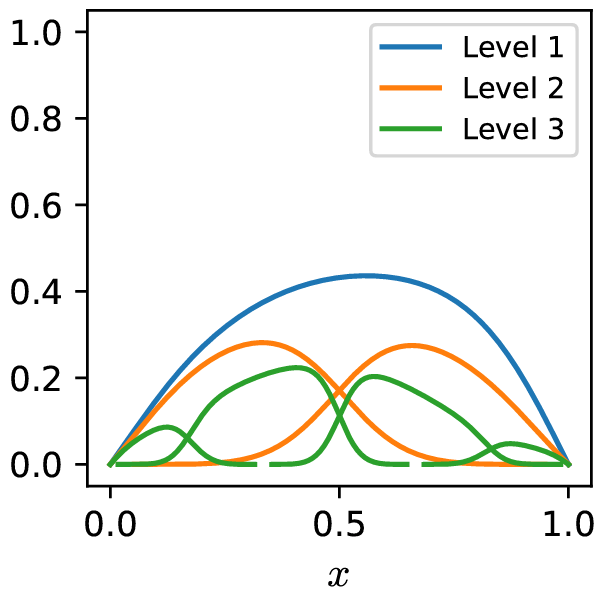
Multilevel domain decomposition-based architectures for physics-informed neural networks.
Improved the performance of physics-informed neural networks by using multiple levels of domain decompositions to model different frequency scales in their outputs.
Dolean, V., Heinlein, A., Mishra, S., Moseley, B. (2024).
Computer Methods in Applied Mechanics and Engineering.
Paper Code
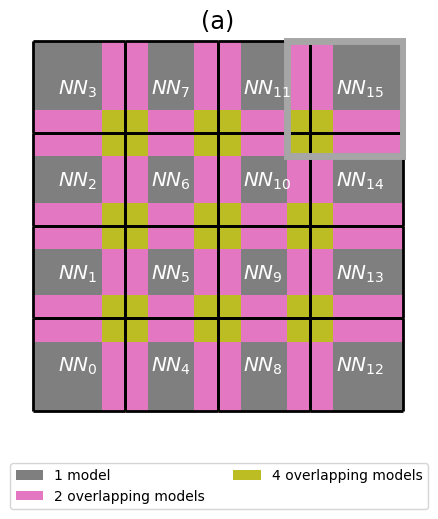
Finite Basis Physics-Informed Neural Networks (FBPINNs): a scalable domain decomposition approach for solving differential equations.
Proposed a new method for solving differential equations which is able to scale to large problems by using physics-informed neural networks and a divide-and-conquer strategy.
Moseley, B., Markham, A., Nissen-Meyer, T. (2023).
Advances in Computational Mathematics.
Paper Code
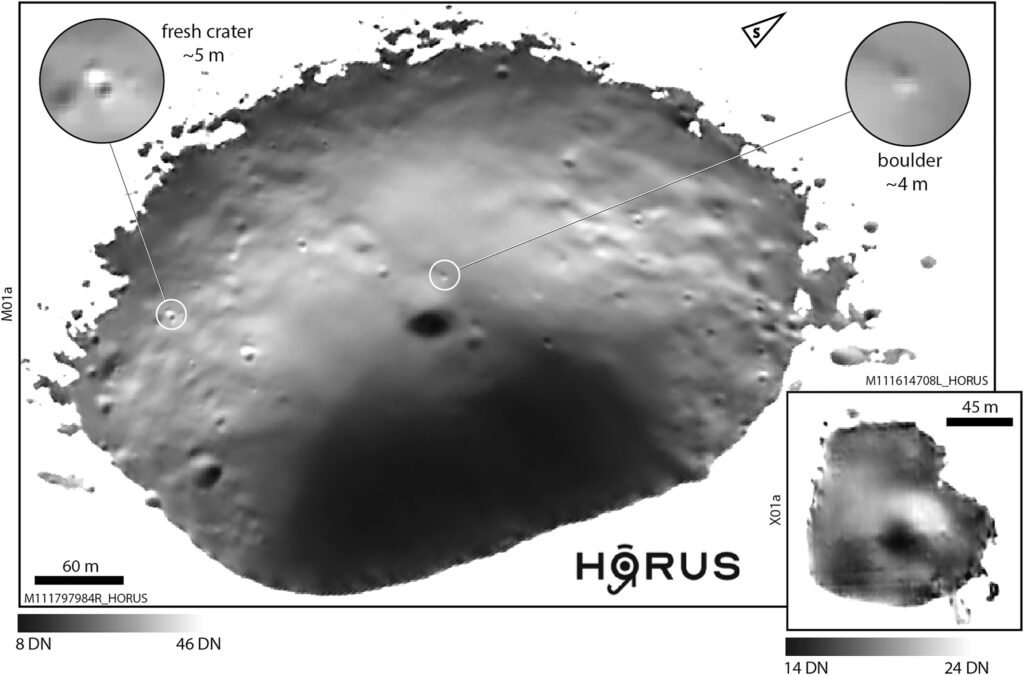
Cryogeomorphic Characterization of Shadowed Regions in the Artemis Exploration Zone.
Used deep learning to enhance satellite images of proposed landing sites on the Moon for NASA’s crewed Artemis mission, in particular those which contain permanently shadowed regions, allowing us to see into them with unprecedented detail for the first time.
Bickel, V., Moseley, B., Hauber, E., Shirley, M., Williams, J.-P., Kring, D. (2022).
Geophysical Research Letters.
Paper News article
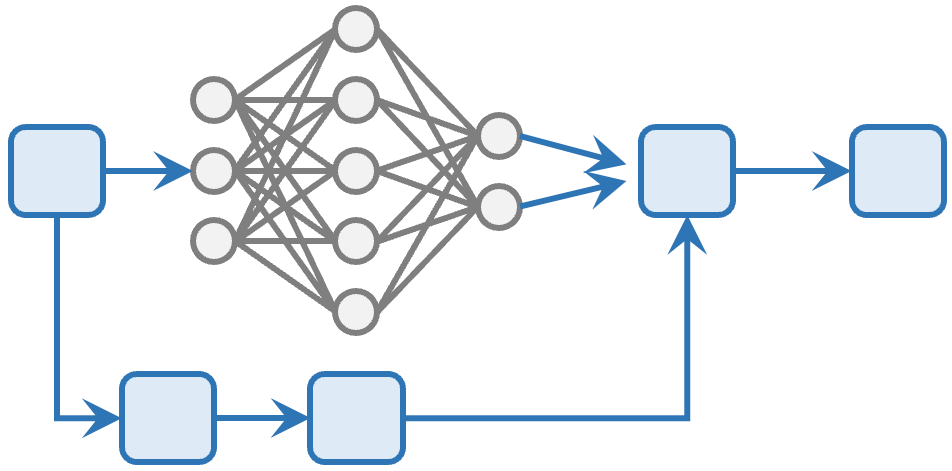
Physics-informed machine learning: from concepts to real-world applications.
Investigated and discussed the challenges of scaling physics-informed machine learning (PIML) algorithms so that they can solve complex, real-world problems. Designed multiple different PIML algorithms for carrying out seismic simulation, low-light image enhancement, and thermal anomaly detection on the Moon.
Moseley, B. (2022).
University of Oxford.
Thesis
News
- [Nov 24] I will be a joining Imperial College London as a Lecturer in AI at the Department of Earth Science and Engineering and leading the Scalable Scientific Machine Learning Lab.
- [Oct 24] We hit 100,000 views of our ETH Zürich Deep Learning in Scientific Computing course on YouTube!
- [Jan 24] I will be a lecturer for ETH Zürich’s AI in the Sciences and Engineering Master’s course (150+ students).
- [Jun 23] Our latest ArXiv paper is out, which improves physics-informed neural networks by combining them with multiple levels of domain decompositions.
- [Jan 23] I will be a lecturer for ETH Zürich’s Deep Learning in Scientific Computing Master’s course (150+ students).
- [Sept 22] I have joined ETH Zürich AI Center as a postdoctoral fellow.
- [Aug 22] Our Geophysical Research Letters paper which characterises permanently shadowed landing sites on the Moon for NASA’s Artemis mission has been published.
- [Jul 22] I successfully defended my PhD thesis, Physics-informed machine learning: from concepts to real-world applications.
- [Feb 22] I was a course tutor and lead teaching assistant for the University of Oxford Department of Computer Science courses in Artificial Intelligence and Advanced Topics in Machine Learning.
- [Dec 21] I will be interning half-time within NVIDIA’s Modulus team, contributing to their state-of-the-art Modulus scientific machine learning framework.
- [Nov 21] Two NeurIPS workshop papers (here and here) accepted at The Symbiosis of Deep Learning and Differential Equations and Machine Learning and the Physical Sciences.
- [Oct 21] My blog post on physics-informed neural networks hit 1M+ views! Thank you for all of the great conversation on this post!
- [Sep 21] Our Nature Communications paper on peering into permanently shadowed regions on the Moon’s surface with machine learning is out. Read the press coverage from NASA, the Max Planck Institute and the University of Oxford here, here and here.
- [Jul 21] Our latest ArXiv paper (and code) is out, which proposes FBPINNs: a scalable method for solving differential equations using physics-informed neural networks.
- [Jul 21] Our Journal of The Royal Society Interface paper which localises elephants using their ground vibrations is out. Read the press coverage from the University of Oxford here.
- [Jun 21] I will be returning to NASA’s Frontier Development Lab this year as a faculty member, helping to super-resolve images of the lunar surface.
- [Mar 21] Our paper on denoising extremely low-light images of the lunar surface has been accepted at CVPR. Read my blog post here.
- [Feb 21] I was a teaching assistant for the University of Oxford Department of Computer Science course in Advanced Topics in Machine Learning.
- [Nov 20] I was a teaching assistant for the University of Oxford Centre for Autonomous Intelligent Machines and Systems course on Machine Learning.
- [Sep 20] I helped to accelerate wind energy production in the UK by leading a team of 8 ML researchers at the UK Alan Turing Institute 2020 September Data Study Group.
- [Aug 20] Our Solid Earth manifesto paper on using deep learning to accelerate seismic simulation has been published.
- [Jul 20] Our Planetary Science Journal paper on using unsupervised machine learning to discover thermal anomalies on the Moon has been published.
- [Jun 20] Our latest ArXiv paper is out, on using physics-informed neural networks to solve the wave equation.
- [Feb 20] Our team won best technical solution at the Oxford Foundry AI & Climate Change Hackathon.
- [Jan 20] I was invited to be a Series Editor for Elsevier’s 2020 Advances in Geophysics special issue on Machine Learning in the Geosciences.
- [Jun 19] I will be joining NASA’s Frontier Development lab this summer as a AI researcher, working in their Moon For Good team.
Invited talks / workshops / lectures
- [2025] Efficient finite-basis physics-informed neural networks [Slides]. European Mathematical Society Meeting on Scientific Machine Learning.
- [2024] Introduction to JAX Workshop [Slides, recording and code].
ETH Zürich. - [2024] Introduction to physics-informed neural networks (mini-lecture) [Slides] [Code].
Imperial College London. - [2024] Scientific machine learning and physics-informed neural networks.
Department of Engineering and Management Doctoral School Seminar Series, University of Padova / Lucerne University. - [2023] How to incorporate physical understanding into machine learning [Lecture recording].
Physical Society of Zurich. - [2023] Scaling physics-informed neural networks to high frequency and multiscale problems using domain decomposition [Slides].
Conference on Deep Learning for Computational Physics, M4DL / ICIAM 2023. - [2023] Overview of Deep Learning in Scientific Computing.
NASA Frontier Development Lab. - [2023] Guest lecturer.
GAMM Juniors Summer School on Scientific Machine Learning. - [2022] Scientific machine learning: ways to incorporate scientific principles into machine learning [Slides].
University of Oxford / University of Wyoming / Lucerne University / Roche. - [2022] Finite basis physics-informed neural networks (FBPINNs): a scalable domain decomposition approach for solving differential equations [Recording].
CRUNCH group, Brown University. - [2022] Peering into permanently shadowed regions on the Moon using machine learning.
Session on Machine Learning and Data Science in Planetary Science, American Geophysical Union / NASA/VIPER. - [2021] Poster presentation.
Workshop on Deep Learning for Differential Equations, NeurIPS. - [2021] Scalable physics-informed deep learning for solving differential equations.
NVIDIA Research / UK Science and Technology Facilities Council / University of Oxford. - [2021] Poster presentation.
CVPR main conference. - [2021] Machine learning for lunar exploration.
UKRI Joint CDT Conference in Robotics and AI. - [2020] Poster presentation.
Workshop on Machine Learning and the Physical Sciences, NeurIPS. - [2020] Solving the wave equation with physics-informed machine learning.
Stanford Earth. - [2020] Anomaly detection on the lunar surface with variational autoencoders.
Machine Learning and Astrophysics workshop, ETH Zürich / UCLA Diviner seminar. - [2019] Poster presentation.
Workshop on Machine Learning for Geophysical Signals, NeurIPS.
Latest blog posts
- So, what is a physics-informed neural network?
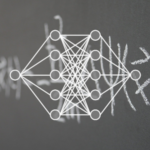 Machine learning has become increasingly popular across science, but do these algorithms actually “understand” the scientific problems they are trying to solve? In this article we explain physics-informed neural networks, …
Machine learning has become increasingly popular across science, but do these algorithms actually “understand” the scientific problems they are trying to solve? In this article we explain physics-informed neural networks, …Continue reading “So, what is a physics-informed neural network?”
- Seeing into permanently shadowed regions on the Moon for the first time using machine learning
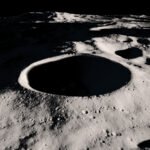 As part of NASA’s Frontier Development Lab, we developed an AI algorithm which enhanced images of permanently shadowed regions on the Moon, allowing us to see into these extremely dark …
As part of NASA’s Frontier Development Lab, we developed an AI algorithm which enhanced images of permanently shadowed regions on the Moon, allowing us to see into these extremely dark … - We used AI to search for resources on the Moon
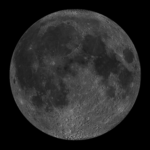 As part of NASA’s 2019 Frontier Development Lab, we used AI to search for resources on the surface of the Moon which could one day help humans settle there. The …
As part of NASA’s 2019 Frontier Development Lab, we used AI to search for resources on the surface of the Moon which could one day help humans settle there. The …Continue reading “We used AI to search for resources on the Moon”
- Bayesian positioning with pymc3
 Today we rely on GPS for almost everything, from driving our cars to auditing our financial transactions. However when tracking animals this system is invasive because it requires the use …
Today we rely on GPS for almost everything, from driving our cars to auditing our financial transactions. However when tracking animals this system is invasive because it requires the use … - Can we track elephants using the vibrations they make through the ground?
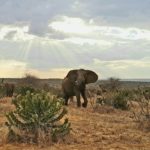 In February this year I joined a research trip in Kenya and helped to investigate whether it is possible to track elephants using the vibrations they make through the ground. …
In February this year I joined a research trip in Kenya and helped to investigate whether it is possible to track elephants using the vibrations they make through the ground. …Continue reading “Can we track elephants using the vibrations they make through the ground?”
- Hello world!Brand new website launched! I am excited to launch the website (it’s my first forage into website development so bear with me..), watch out for posts on AI and machine …
Latest comments
A fascinating application of Bayesian inference for positioning! Using **PyMC3** to model **time-difference-of-arrival (TDOA)** positioning provides a **probabilistic and flexible**…
This was a well-written and insightful article. Thank you for sharing Regard Unissula
This was a well-written and insightful article. Thank you for sharing Regard Unissula
Revolutionary AI enhances Moon’s darkest regions, revealing hidden craters and boulders for the first time—paving the way for future exploration…

your blog is very inspiring don’t forget to give feedback to iron4d